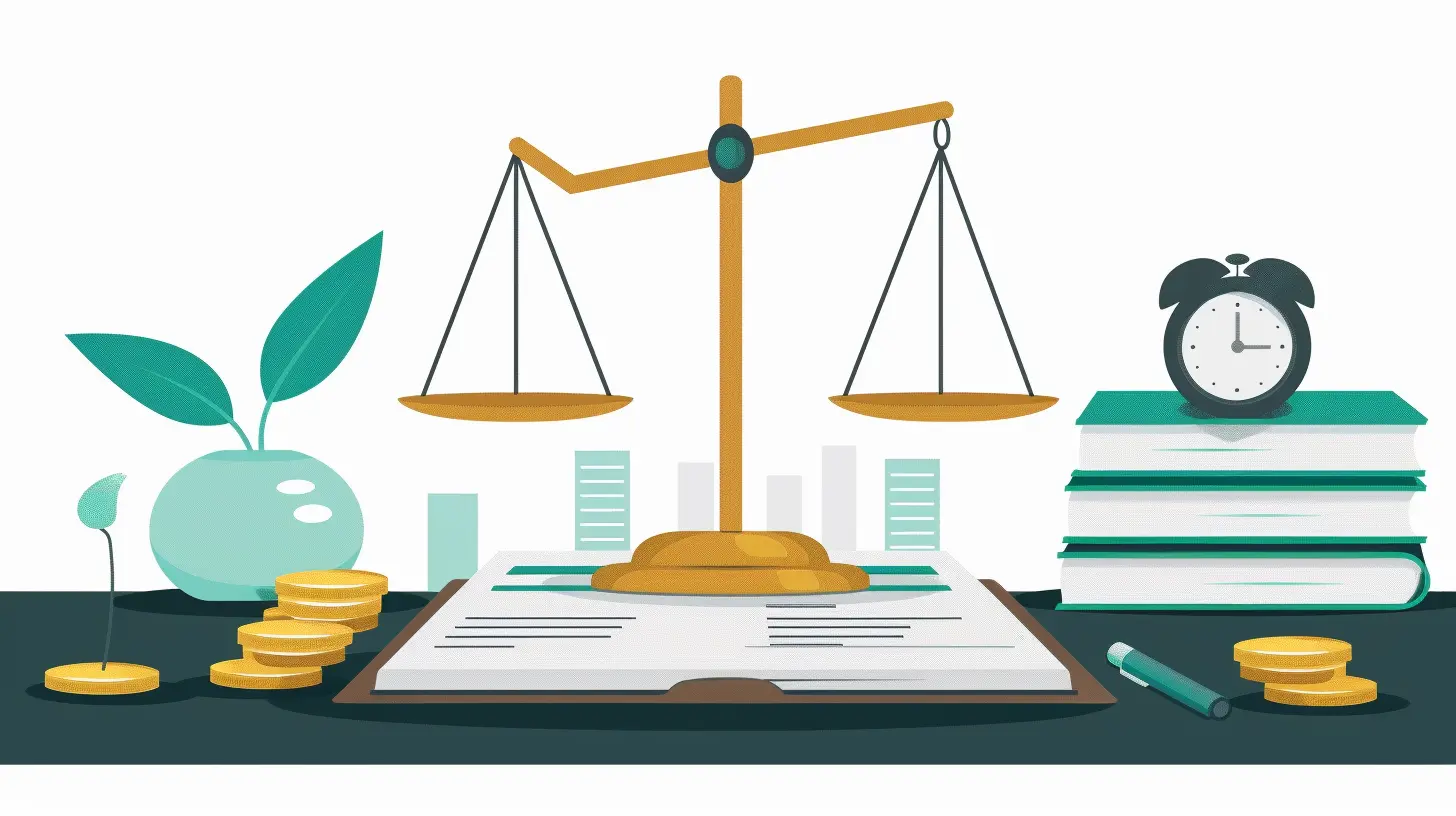Building an Effective Sales Process That Scales with Your Business
26 July 2025
Let’s face it, folks—running a business without a proper sales process is like trying to build IKEA furniture without the manual… or those weird Allen wrenches. You might eventually get something resembling a chair, but it’ll probably collapse when you sit on it. That’s exactly what your sales process will do (figuratively, of course) if it can’t grow with your business.
If you’re here hoping to duct-tape a few sales tricks together and call it a "strategy," think again. Scaling means planning, optimizing, and, yes, getting a little uncomfortable with change. But don’t worry—I’ve got you. We’re about to dive into the juicy details of building a sales process that can keep up with your growing empire.

What Even Is a Sales Process (And Why Should You Care)?
First off, let’s clear up a common misconception. A sales process isn’t just "talking to people until they buy stuff." That’s winging it. And sure, winging it works… until it doesn’t.A sales process is a repeatable set of steps your sales team follows to convert leads into customers. Think of it like a recipe. You can’t bake a cake without knowing when to crack the eggs or turn on the oven. Similarly, you need a structured sales process to take a lead from "just browsing" to "shut up and take my money!"
So, why should you care? Because a good sales process:
- Saves time and energy
- Makes onboarding new reps easier
- Improves customer experience
- Boosts conversion rates
- Grows with your business instead of falling apart under pressure (you’re welcome)

Step 1: Define Your Ideal Customer (Yes, You Need to Be THAT Specific)
If your sales process starts with “Well, uh… anyone who has money,” congrats! You're selling to nobody.To scale your sales process, you need a crystal-clear definition of who you're selling to. This isn’t just about demographics either. Dive deep into:
- Their pain points (What keeps them up at night?)
- Their goals (Are they trying to increase revenue, cut costs, or feel like a superhero?)
- Buying behavior (Do they impulse-buy or take six months to make a decision?)
- Where they hang out (LinkedIn? Reddit? Hiding in a corner of the internet?)
You wouldn’t market leather jackets to vegans, right? The tighter your customer profile, the more effective your sales strategy.

Step 2: Map the Buyer's Journey (Because Your Customer Isn’t Psychic)
Spoiler alert: your leads don’t wake up and think, “Today’s the day I buy that B2B enterprise software!” (If only.)They go through a journey. And no, not the “Eat, Pray, Love” kind. More like:
1. Awareness Stage – “I think I have a problem… but what is it?”
2. Consideration Stage – “Okay, I definitely have a problem. Time to find solutions.”
3. Decision Stage – “I’ve looked around and I’m ready to commit. Sorta. Maybe.”
Mapping your sales process to this journey is key. You can’t hit people with a pricing pitch when they’re still figuring out what the heck their problem even is. That’s like proposing marriage on the first Tinder date.

Step 3: Build Your Sales Stages (A.K.A. Stop Winging It)
Now that you know who you're selling to and how they buy, it’s time to build out your sales stages. Here’s a simple, scalable structure:- Lead Generation: How are people finding you? (Inbound marketing, cold outreach, referrals—yes, Grandma’s knitting group counts)
- Qualification: Are they actually worth your time? (Budget, authority, need, timing—aka BANT, if you love acronyms)
- Needs Analysis: Dig deep into their pain points (You’re not a therapist, but act like one here)
- Presentation: Show them how your product solves their woes (bonus points for storytelling)
- Handling Objections: Because “I need to talk to my boss” is code for “I’m not convinced yet”
- Closing: Get that signature, swipe that card, pop the metaphorical champagne
- Follow-Up: Don’t ghost them. Even if they ghost you first.
Each step should be clear, measurable, and repeatable. If your team doesn’t know exactly where a lead is in the process, you’ve got problems.
Step 4: Automate the Boring Stuff (You’re Not a Robot, So Don’t Work Like One)
Let’s be real—no one joins sales to spend hours updating spreadsheets or copy-pasting emails. That’s what robots are for (well, software robots, anyway).To scale your sales process without sacrificing your sanity, you need automation. And it’s easier than you think:
- CRM Systems like HubSpot, Salesforce, or Pipedrive to track everything
- Email Sequences to nurture leads without typing the same thing 1,000 times
- Task Reminders so reps stop forgetting to follow up
- Lead Scoring so you know who’s hot and who’s not
The goal here isn't to dehumanize your sales process—it’s to handle the boring stuff so your team can focus on building relationships. AKA, the stuff that actually closes deals.
Step 5: Train Your Team Like It’s the Olympics
Would you send someone into the Olympics without training? I mean… maybe, if you’re filming a really weird inspirational sports movie.But in real life? No. Sales is no different. If you want consistent results, you need consistent training.
Create a simple, repeatable onboarding process. Use recordings, shadowing, and even roleplay (awkward at first, but worth it). And don’t just train once. Ongoing coaching is a must.
Pro tip: Make your top performers your mini-coaches. Not only will they help lift the whole team’s skills, but they’ll feel like rockstars doing it.
Step 6: Track Metrics That Matter (Yes, More Than Just Revenue)
If revenue is the only thing you’re measuring, you’re missing the full picture. That’s like judging an entire relationship based only on how often someone buys you dinner. Sure, it’s nice, but what about communication? Trust? Netflix compatibility?Here are a few actual sales metrics to obsess over:
- Lead-to-Opportunity Ratio: How many leads actually turn into serious prospects?
- Opportunity-to-Close Ratio: Can your reps seal the deal or just deliver great demos?
- Length of Sales Cycle: Are you closing in days, weeks, months, or ice ages?
- Customer Acquisition Cost (CAC): Are you spending $10 to make $1? (Please don’t)
- Win Rate: How many deals do you actually nail?
These metrics tell you where your process is working—and more importantly, where it’s leaking faster than a dollar-store balloon.
Step 7: Iterate Like Your Growth Depends on It (Because... It Does)
Here’s the cold truth: building a scalable sales process isn’t a "set it and forget it" situation.Markets change. Buyers evolve. Your 2024 strategy might be useless in 2025. That’s why you’ve got to treat your sales process like software—release the beta version, gather feedback, squash bugs, and update regularly.
Set quarterly reviews. Talk to your sales team. Analyze those juicy metrics. And when something’s broken, don’t just duct tape it—fix it.
Remember, scaling a broken process just gives you broken results at scale. And nobody wants that.
Step 8: Don’t Forget the Customer Experience (Seriously, Don’t Be That Brand)
This one’s important. Because while you’re obsessing over sales stages and KPIs, there’s a real human on the other end of every call, email, and pitch deck.If your sales process feels like a never-ending funnel of manipulation, you’re doing it wrong. Be helpful. Be honest. Give value even if they don’t buy today.
A scalable sales process isn’t just efficient—it’s empathetic. And yes, I know that sounds fluffy, but trust me—people remember how you made them feel way longer than they remember your product features.
Common Sales Process Mistakes (AKA Don’t Do This)
Let’s take a quick detour to roast the most common mistakes so you can snicker and say, “Glad that’s not me” (or silently scream because it totally is you):- Trying to sell to everyone: If everyone’s your customer, no one is
- Skipping steps: That’s how you end up with “Why didn’t they buy?” syndrome
- Ignoring follow-ups: 80% of deals require 5+ follow-ups. Don’t give up after one sad email
- Focusing ONLY on closing: You’re not a used car dealer from a bad 90s sitcom
- No documentation (aka “it’s all in my head”): Congrats, your sales team is flying blind
Final Thoughts: Scaling Is Hard, but You’re Smarter Than the Average Startup
Building a sales process that scales isn’t rocket science. It’s worse. It’s sales. But the good news? With a clear structure, the right tools, and a little bit of self-awareness, you can absolutely create a process that grows with your business instead of holding it down like a pair of cement shoes.So take the time. Build it right. And then? Watch that baby scale like it's training for American Ninja Warrior.
And remember: If you think sales is just about "hustling," think again. It’s about systems, psychology, and just enough charm to make people feel like buying from you was their idea. Not bad, huh?
all images in this post were generated using AI tools
Category:
Sales StrategiesAuthor:

Caden Robinson
Discussion
rate this article
1 comments
Remington Anderson
Unlock the secrets of a scalable sales process—where hidden strategies lead to remarkable growth and success.
August 10, 2025 at 12:28 PM

Caden Robinson
Thank you for your feedback! Unlocking these secrets is key to driving growth and ensuring your sales process adapts effectively as your business scales.


